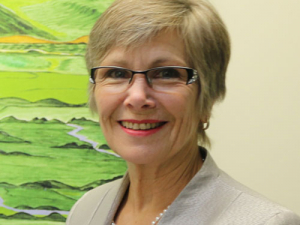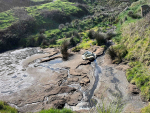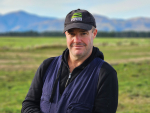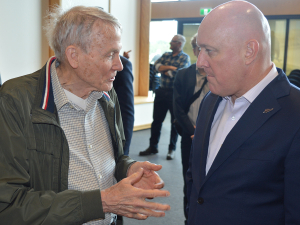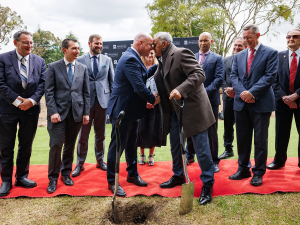A neighbouring regional council is urging the Waikato Regional Council to reconsider its Healthy Rivers plan.
The South Waikato District Council says the plan will have a “detrimental effect” on the South Waikato community.
South Waikato Mayor Jenny Shattock says while her council supports the aspirations of Healthy Rivers and what it’s trying to achieve, the council is seeking “specific and important changes to this plan from WRC to ensure positive outcomes for South Waikato”.
The vision and strategy for the river catchments focuses on ways to improve water quality to make it safe for swimming and a sustainable food source.
Shattock says this is an inter-generational goal to attain over an 80-year period, but the plan change lacks a clear pathway to achieve this.
The council has asked for a ‘science and technology gap’ to be bridged before sustained environmental improvements can be achieved beyond the first 10 years.
“It is unclear around what happens after 10 years and there is a high risk of the goalposts being moved in 10 years’ time.
“We need to make sure the methods to achieve the plan are fit for purpose, provide efficiencies and will ultimately be effective once implemented,” she says.
Shattock says South Waikato has a unique economic and community profile and the adverse economic and social costs if the current plan is implemented will hit the district hard.
Given the current demographic, for example an ageing population, she said Healthy Rivers was simply “unrealistic, unachievable and unaffordable for South Waikato to implement”.
The potential impacts such as job losses and infrastructure affordability on the district would be “significant”.
“Employment in dairy farming will be hugely impacted and this will cause a knock-on effect in the wider district which relies heavily on dairy farmers to survive,” she says.
Other areas of concern included the lack of certainty for land owners and managers and penalising rather than supporting them to improve the way they use their land and be more sustainable.
“Section 32 of the Resource Management Act 1991 states that the Waikato Regional Council has a duty to provide understandable, practical, cost-effective and fair methods to implement resource management framework. We believe the Council has failed to do this.”
Shattock and council chief executive Craig Hobbs officially handed over the South Waikato District Council’s submission on March 7.
Waikato Regional Council chair Alan Livingston met with Shattock and Hobbs to accept the submission.

